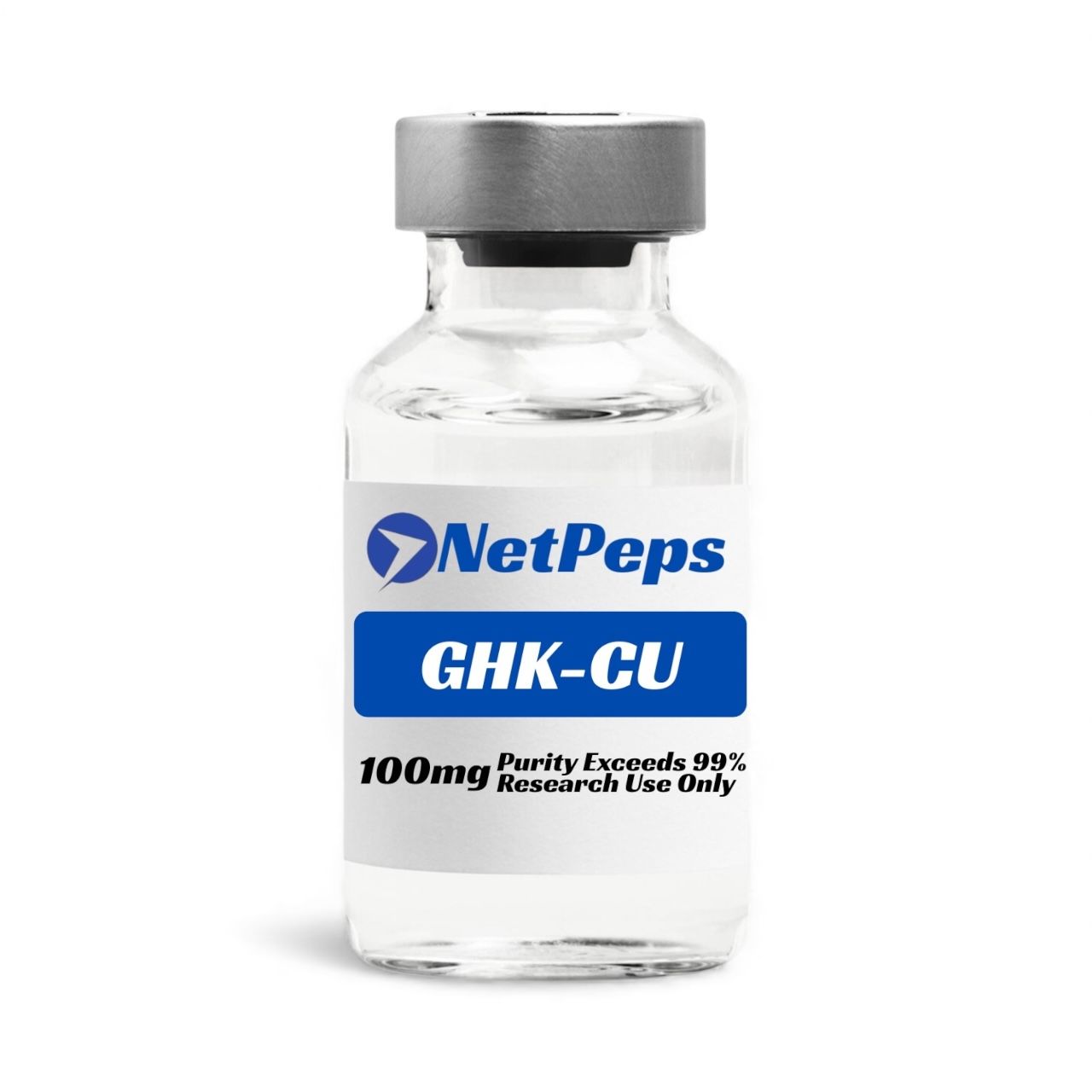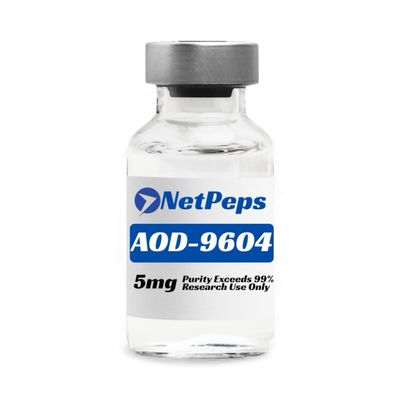GHK-CU 100mg
$38.95
RUO Lyophilized Peptide
In stock
Save this product for later
GHK-CU 100mg
Product Details
Lot# 241084
All research peptides arrive in a dry lyophilized powder. These are non-compounded research-use chemicals.
We are a research chemical company, not a pharmacy, and we are not medically supervised. Our products are not FDA-approved or regulated and are not to be represented as FDA-approved medications. Due to the nature of our products, which are intended strictly for research purposes, we do not provide dosing instructions, as our products are not for human consumption. We reserve the right to refuse business to any individual or entity that violates our terms and conditions.
You May Also Like
Powered by Lightspeed
Display prices in:USD





